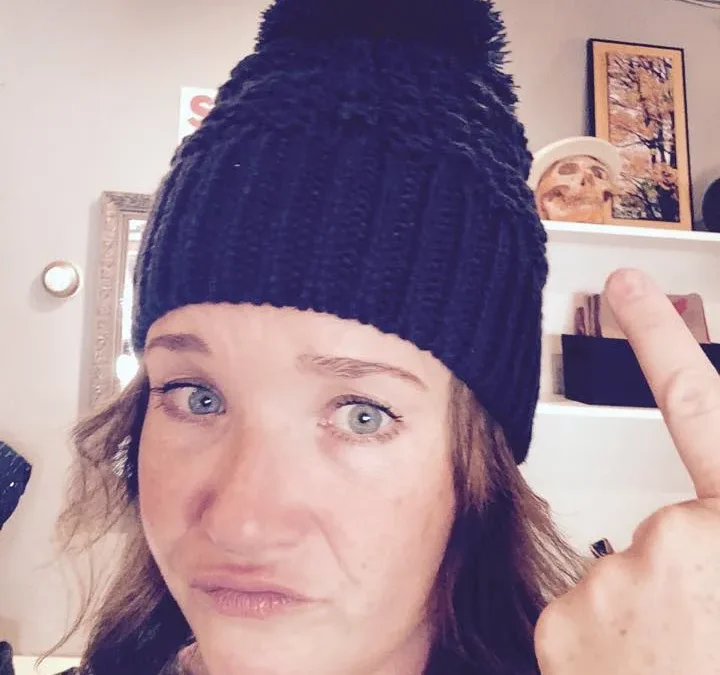
35 Errors and a Viral Social Media Post: WTF?
Why Do Bad Social Media Posts Go Viral and Good Social Media Posts Get Crickets
We’ve all been there. You spend hours crafting the perfect social media post, choosing just the right image and writing copy that’s both clever and informative. And then you hit publish…and crickets. Meanwhile, someone else posts something that’s rife with errors, and it somehow manages to take off like wildfire. WTF?
Is Social Media Thankless?
Social media is a platform for people to share their ideas, thoughts, and views with the world. It’s also a platform for people to make fools of themselves. We’ve all seen those social media posts that are full of errors, but for some reason, they always seem to go viral. On the other hand, good social media posts often get no engagement. Why is this?
Well, there are a few theories. First, it could be that people just enjoy seeing others fail. We all Some people like to see other people trip and fall, and social media posts that are full of errors are the online equivalent of that scenario. Second, it could be that we’re more likely to share something if it’s controversial or provocative. Finally, it could be that we’re just too lazy to proofread our own social media posts before hitting publish. Whatever the reason, it’s clear that social media isn’t always a level playing field. Sometimes, the worst posts get the most engagement. WTF indeed.

Reason’s Bad Social Media Posts go Viral
The Schadenfreude Factor: Let’s face it: some people like to see others trip and fall. It’s human nature. Seeing someone make a fool of themselves gives us a sense of schadenfreude, which is “enjoyment obtained from the troubles of others.” We (not you) take pleasure in seeing other people fail because it makes us feel better about ourselves. In a way, it’s a way of measuring our own successes and failures against those of others. And when we see someone screw up on social media, it’s the perfect opportunity to do just that…
The Controversial Factor: Another reason why bad social media posts go viral is that they’re controversial or provocative. People are more likely to share something if it gets them worked up or incites strong emotions in them—positive or negative. This controversial shit needs to go viral! That’s why you’re more likely to see a bad social media post making the rounds than a good one.
The “I’m Too Lazy To Proofread” Factor: Let’s not forget the most obvious reason why bad social media posts go viral: we’re just too lazy to proofread our graphics before finalizing them. We’ve become accustomed to sending out quick thoughts without giving them much thought or consideration. As a result, we’ve become sloppy when it comes to grammar and spelling—and that sloppiness often carries over into our social media posts. Who the eff cares that there are 7 spelling errors on that graphic?! FYI… I DO! It’s the reason I drink wine early.
It seems like the only thing that goes viral these days is typos, grammatical errors, and general stupidity. Is the world really that obsessed with schadenfreude? Maybe we’re just bored out of our minds and desperate for anything that will give us a good laugh. Whatever the reason, it’s clear that social media isn’t exactly breeding a generation of critical thinkers.
How to Get More Engagement on Your Social Media Posts
We all want more engagement on our social media posts. But what does that really mean? And how can you get it? Engagement is defined as the level of interaction between you and your audience. It’s the back-and-forth, the likes and comments, the Shares and Reposts. In short, engagement is what makes social media so social.
But why should you care about engagement? Because the more engaged your audience is, the better. Engaged audiences are more likely to convert into paying customers. They’re also more likely to stick around for the long haul. So how do you get more engagement on your social media posts? Keep reading to find out.
- Create Content That’s Relevant to Your Audience: If you want people to engage with your content, it needs to be relevant to them. That means creating content that appeals to their interests, needs, and wants. Take some time to understand your audience and what they’re looking for on social media, then create content accordingly.
- Make It Easy for People to Engage: Don’t make people search for a way to engage with your content—make it obvious. Include calls to action in every post, such as “Like if you agree!” or “Tag a friend who needs to see this!” The easier you make it for people to engage with your content, the more likely they are to actually do it.
- Post at the Right Time: You can have the best content in the world, but if you’re posting it at 2 am when everyone’s asleep, you’re not going to get much engagement. Pay attention to when your audience is most active on social media, then adjust your posting schedule accordingly.
Getting more engagement on your social media posts is essential if you want to build a strong relationship with your audience. Luckily, it’s not difficult—it just takes a little bit of effort. By creating relevant content, making it easy for people to engage, and posting at the right time, you’ll be well on your way to increasing those likes, comments, Shares, and Retweets in no time!




